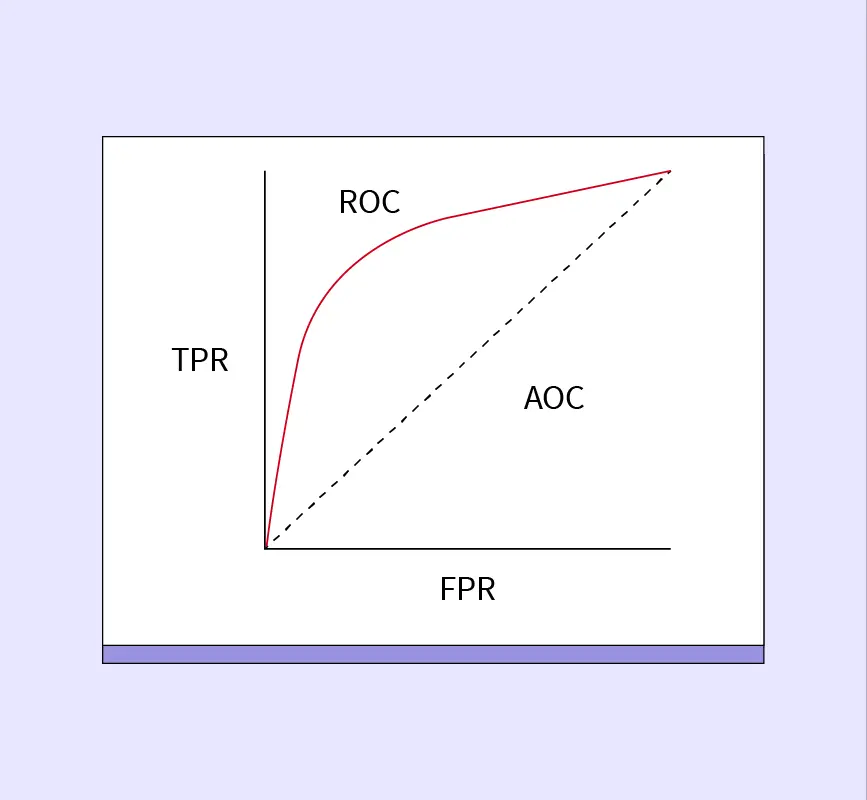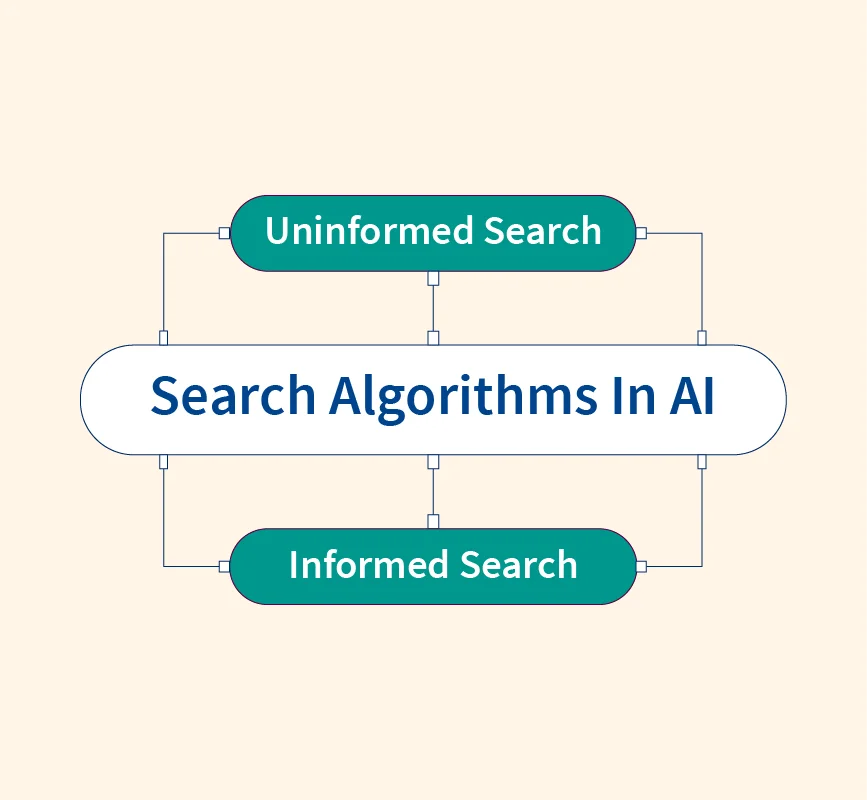Machine learning is the process of training models to analyze data, recognize patterns, and make predictions or decisions without explicit programming. It forms the foundation of artificial intelligence, enabling automation, recommendation systems, and predictive analytics.
A structured machine learning workflow is essential for building efficient and reliable models. Each step, from data collection to model deployment, ensures that the system learns effectively and produces accurate results. Following a well-defined process helps improve data quality, model performance, and decision-making accuracy, making machine learning applications more robust and scalable.
Understanding the Fundamentals of Machine Learning
Machine learning enables systems to learn patterns from data and make decisions without explicit programming. Instead of following fixed rules, models analyze historical data, identify relationships, and improve their predictions over time. Key concepts in machine learning include:
- Supervised Learning – Models learn from labeled data, where input-output pairs are provided. Common algorithms include linear regression, decision trees, and neural networks. It is used in applications like spam detection and medical diagnosis.
- Unsupervised Learning – Models identify patterns in unlabeled data without predefined categories. Clustering and association rule mining are widely used techniques, applied in customer segmentation and anomaly detection.
- Reinforcement Learning – Models learn by interacting with an environment and receiving rewards or penalties. This approach is used in robotics, game AI, and self-driving cars.
Machine learning is widely used in various industries to automate processes and enhance decision-making. Some key applications include:
- Fraud detection in banking and finance, where algorithms analyze transaction patterns to identify anomalies.
- Recommendation systems in e-commerce and streaming platforms, suggesting products or content based on user behavior.
- Predictive analytics in healthcare, helping doctors diagnose diseases and recommend treatments based on patient data.
Machine Learning Steps
Developing a machine learning model requires a structured workflow to ensure data reliability, model accuracy, and deployment readiness. The following steps outline the complete process from data collection to model deployment.
Step 1: Data Collection
Data is the foundation of machine learning, and gathering relevant, high-quality data is crucial for building an effective model.
- Types of Data: Data can be structured (tabular data from databases) or unstructured (text, images, videos, and sensor readings).
- Sources of Data: Common sources include relational databases, APIs, web scraping, IoT sensors, and public datasets like Kaggle or UCI Machine Learning Repository.
- Ensuring Data Quality: Data should be relevant, complete, and free from inconsistencies. Low-quality data can lead to incorrect predictions and biased models.
A well-defined data collection strategy ensures that models have sufficient information to learn patterns effectively.
Step 2: Data Preprocessing and Cleaning
Raw data is often messy and needs to be cleaned and transformed before being used for training.
- Handling Missing Values: Fill missing values using imputation methods such as mean, median, mode, or predictive modeling.
- Detecting and Handling Outliers: Outliers can distort model performance and should be removed or adjusted using statistical techniques like the Z-score method or IQR filtering.
- Encoding Categorical Data: Convert categorical variables into numerical representations using one-hot encoding or label encoding.
- Feature Scaling: Standardize or normalize numerical features to ensure uniformity, improving model stability and convergence.
Effective preprocessing ensures that data is structured, making models more robust and efficient.
Step 3: Selecting the Right Machine Learning Model
Choosing the right algorithm depends on the problem type, dataset characteristics, and performance requirements.
- Types of Machine Learning Models:
- Regression: Predicts continuous values (e.g., housing prices, stock prices). Common models include linear regression and decision trees.
- Classification: Assigns data into categories (e.g., spam detection, sentiment analysis). Algorithms include logistic regression, support vector machines (SVM), and neural networks.
- Clustering: Groups similar data points without predefined labels (e.g., customer segmentation, anomaly detection). K-means and DBSCAN are popular clustering techniques.
- Reinforcement Learning: Models learn through rewards and penalties, often used in robotics and gaming applications.
Selecting the right model involves balancing complexity, interpretability, and computational efficiency.
Step 4: Splitting Data into Training and Testing Sets
To evaluate model performance, data is divided into separate training and testing sets.
- Train-Test Split: A common approach is an 80-20 or 70-30 split, where the majority of the data is used for training, and a smaller portion is reserved for testing.
- Cross-Validation: Techniques like K-Fold Cross-Validation and Leave-One-Out Cross-Validation ensure the model generalizes well to unseen data.
Proper data splitting prevents overfitting and ensures the model performs well on real-world data.
Step 5: Training the Model
Training is the process where the model learns from the dataset by adjusting its parameters to minimize errors.
- Fitting the Model: The model is exposed to training data and optimizes its weights based on input features.
- Optimization Techniques: Algorithms like stochastic gradient descent (SGD), Adam, and RMSprop help adjust weights efficiently.
- Loss Function and Model Convergence: The loss function measures the difference between predicted and actual values. A lower loss indicates better performance.
A well-trained model should generalize well without overfitting or underfitting.
Step 6: Evaluating Model Performance
After training, the model’s performance is assessed using evaluation metrics.
- Regression Metrics: Mean Squared Error (MSE), Mean Absolute Error (MAE), and R-squared measure the accuracy of continuous predictions.
- Classification Metrics: Accuracy, Precision, Recall, F1-score, and ROC-AUC determine how well the model classifies data.
- Overfitting Prevention: Regularization techniques like L1/L2 regularization and dropout layers in neural networks prevent the model from memorizing training data.
Evaluating models helps in identifying improvement areas and ensuring real-world reliability.
Step 7: Hyperparameter Tuning and Optimization
Hyperparameters control how a model learns and performs, requiring optimization for better accuracy.
- Grid Search: Systematically searches for the best hyperparameter values across a predefined set.
- Random Search: Randomly selects hyperparameter combinations, often more efficient for large datasets.
- Bayesian Optimization: Uses probabilistic models to find optimal hyperparameters efficiently.
Optimizing learning rates, batch sizes, tree depths, and other parameters improves model accuracy and reduces computational costs.
Step 8: Deploying the Model and Making Predictions
Once a model is trained and optimized, it needs to be deployed for real-world use.
- Deployment Methods:
- Web APIs: Deploy models using Flask or FastAPI for integration with applications.
- Cloud Services: Use AWS, GCP, or Azure for scalable model hosting.
- Edge Deployment: Deploy models on IoT devices for real-time processing.
- Monitoring Model Performance: Continuously track model predictions and accuracy to detect drift and retrain when necessary.
A well-deployed model should remain accurate and adaptable as new data becomes available.
Implementing Machine Learning Steps in Python
To demonstrate the machine learning workflow, we will implement a simple model using Python. This example follows the essential steps: data preprocessing, model training, and evaluation.
Example: Building a Simple Machine Learning Model
import pandas as pd
from sklearn.model_selection import train_test_split
from sklearn.ensemble import RandomForestClassifier
from sklearn.metrics import accuracy_score
# Load dataset
df = pd.read_csv("dataset.csv")
# Data Preprocessing
df.fillna(df.mean(), inplace=True) # Handle missing values by replacing with mean
X = df.drop("target", axis=1) # Features
y = df["target"] # Target variable
# Train-test split (80% training, 20% testing)
X_train, X_test, y_train, y_test = train_test_split(X, y, test_size=0.2, random_state=42)
# Train model using Random Forest Classifier
model = RandomForestClassifier(n_estimators=100, random_state=42)
model.fit(X_train, y_train)
# Evaluate model
y_pred = model.predict(X_test)
print("Accuracy:", accuracy_score(y_test, y_pred))Explanation of the Steps
- Load Dataset – Reads data from a CSV file.
- Data Preprocessing – Handles missing values and separates features from the target variable.
- Train-Test Split – Splits the dataset into training (80%) and testing (20%) subsets.
- Train Model – Uses a Random Forest classifier to learn from the training data.
- Evaluate Model – Predicts test set labels and calculates accuracy to measure performance.
This implementation follows a structured workflow, ensuring the model is trained effectively and evaluated for real-world applications.
Challenges in Machine Learning Workflow
Implementing machine learning models comes with various challenges that affect performance, accuracy, and efficiency. Addressing these challenges ensures robust and reliable models.
1. Overfitting and Underfitting
- Overfitting: The model memorizes training data but fails to generalize to new data.
- Underfitting: The model is too simple and fails to capture patterns in the data.
- Solutions: Use cross-validation to validate performance, apply regularization (L1/L2) to reduce complexity, and collect more diverse training data.
2. Imbalanced Data
- When one class significantly outweighs the other, models become biased toward the dominant class.
- Solutions: Use techniques like SMOTE (Synthetic Minority Over-sampling Technique) to balance the dataset or apply class weighting in model training.
3. Computational Complexity
- High-dimensional data increases training time and makes models less efficient.
- Solutions: Use feature selection to retain only the most important variables and apply dimensionality reduction techniques like PCA (Principal Component Analysis).
Conclusion
Following a structured machine learning workflow is essential for building accurate and efficient models. Each step, from data collection to model deployment, plays a crucial role in ensuring reliable predictions and meaningful insights.
Practicing with real-world datasets helps improve problem-solving skills and enhances the ability to handle diverse data challenges. Experimenting with different algorithms, hyperparameters, and preprocessing techniques allows for better model optimization.
Machine learning is a continuous learning process. Regular model updates, performance monitoring, and retraining are necessary to adapt to changing data patterns and maintain accuracy.
References:


